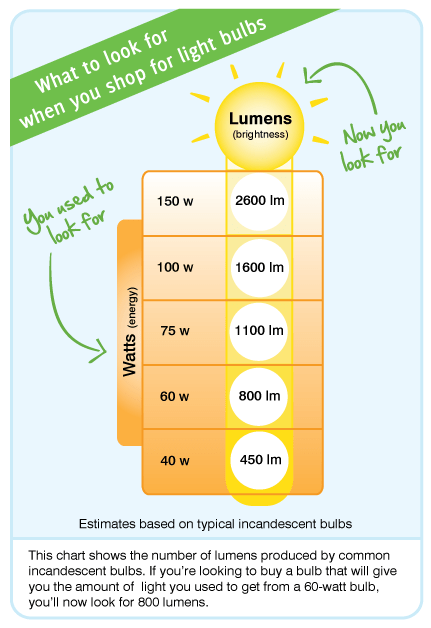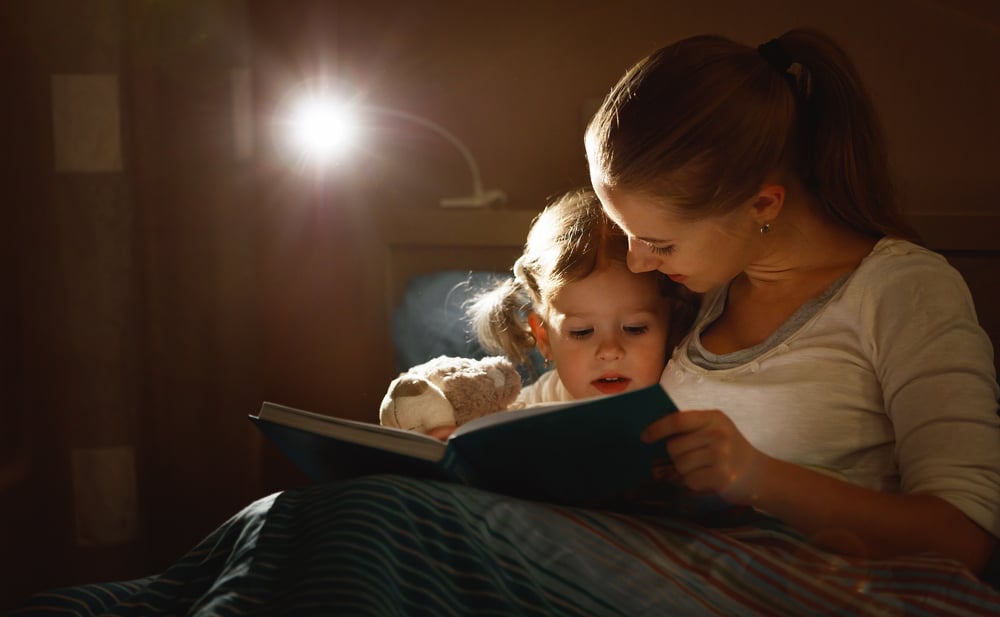Crucial things about brightening up your reading area include how many lumens for reading light, the level of focusing those lumens, and the distance between your book and the light bulb.
The best way to determine the level of brightness of two similar light types is by their lumens. Keep in mind that you can compare only the same kind of bulbs because they focus the light in the same way. Let’s see.
Light for Reading

Poor reading light can’t worsen your vision, but carefully chosen one will reduce eye strain and headaches. Plus, it will make reading much more comfortable.
Light fixtures
With excellent light fixtures and focusing bright light directly to your book, you will successfully prevent your eye muscles’ strain while reading. One of the best solutions is a desk lamp, especially the one with a lampshade. This convenient feature will direct light downward and make reading much more pleasant.
Light distribution
The next thing to consider is even lighting distribution throughout the space. Never read near the bright lamp while the rest of the room is entirely dark because that contrast puts too much strain on your eyes.
You should also avoid reading directly from the computer screen since its light reflects too much bright glare. The constant shifting of pixels will cause the occurrence of Computer Vision Syndrome.
Brightness
Be prepared that you will need more light over the years since your eyes get older. In fact, the average person’s eyes need 1% more lights while reading every year compared to the previous one.
In other words, you need only 40 watts while reading when you are 10. Simple math says that you will need a 100-watt bulb after your 60th birthday.
In the past, you used watts that indicated the level of energy needed to produce the light. Nowadays, you should consider lumens. It is a new way to measure the amount and brightness of light that a bulb emits and much more accurate and precise than watts.
So, you need to determine adequate lumens to pick out the right bulb. Keep in mind that there is no suitable conversion method to transform watts to lumens or vice versa.
- You should look for 450 lumens if you need a 40-watt bulb
- You should look for 800 lumens if you need a 60-watt bulb
- You should look for 1,100 lumens if you need a 75-watt bulb
- You should look for 1,600 lumens if you need a 100-watt bulb
How Many Lumens for a Desk Lamp?
Believe it or not, you can sometimes have more problems with much light, not with a lack of it. The optimal level of lumens for your desk lamp will depend on its purpose.
- 450 lumens (40 watts) – This level is enough for some everyday purposes like writing and reading.
- 800 to 1100 lumens (60 to 75 watts) – It is the recommended level for delicate tasks like heavy-duty drafting or working with small pieces.
Keep in mind that you should still measure brightness in watts with incandescent bulbs. On the other hand, you will use lumens if you have LED lights in your home.
The government included lumens with these bulbs’ occurrence because some manufacturers advertised ’60 watts equivalents’ on the products with different brightness.
How many Lumens for Reading in Bed?

Most of us prefer reading in bed before going to sleep. It is crucial to determine how many lumens you need for this activity to prevent eye strain and eventual vision loss.
On average, 25 to 50 lumens per 10.8 sq. ft (1 m2) of the book surface is enough for reading without eye strain. Keep in mind that only lumens of light focused on your reading area are counting.
Brightness is the level of light that falls in your eyes while reading. So, it may happen that you don’t have the required brightness on the book surface, although the bulb in your room produces enough lumens.
Therefore, the well-focused reading light for bed with fewer lumens is a better option than the light from a chandelier that doesn’t illuminate the reading area appropriately.
To get the best light, you should divide the bulb lumens over the room area. Otherwise, you can use the wr
